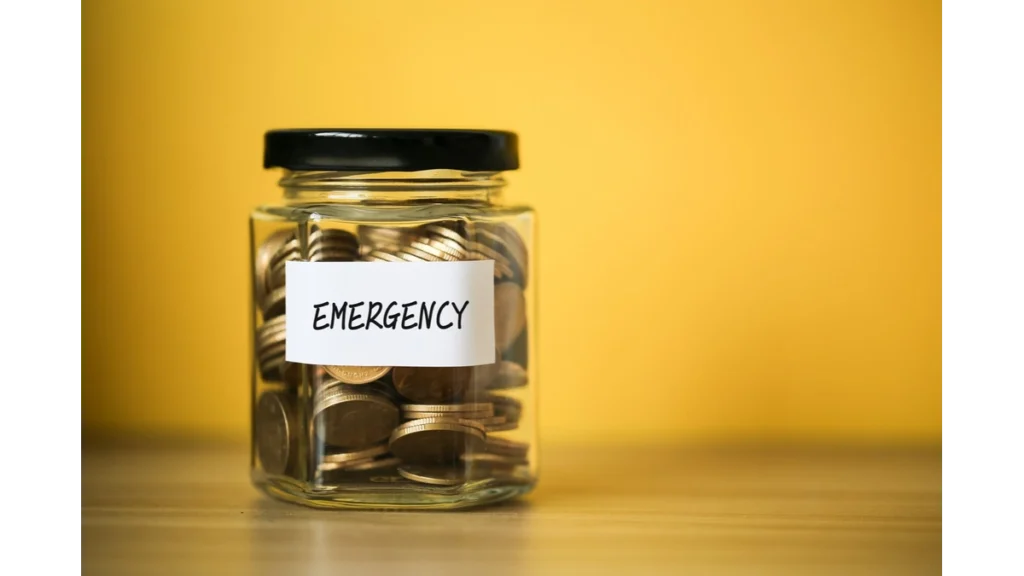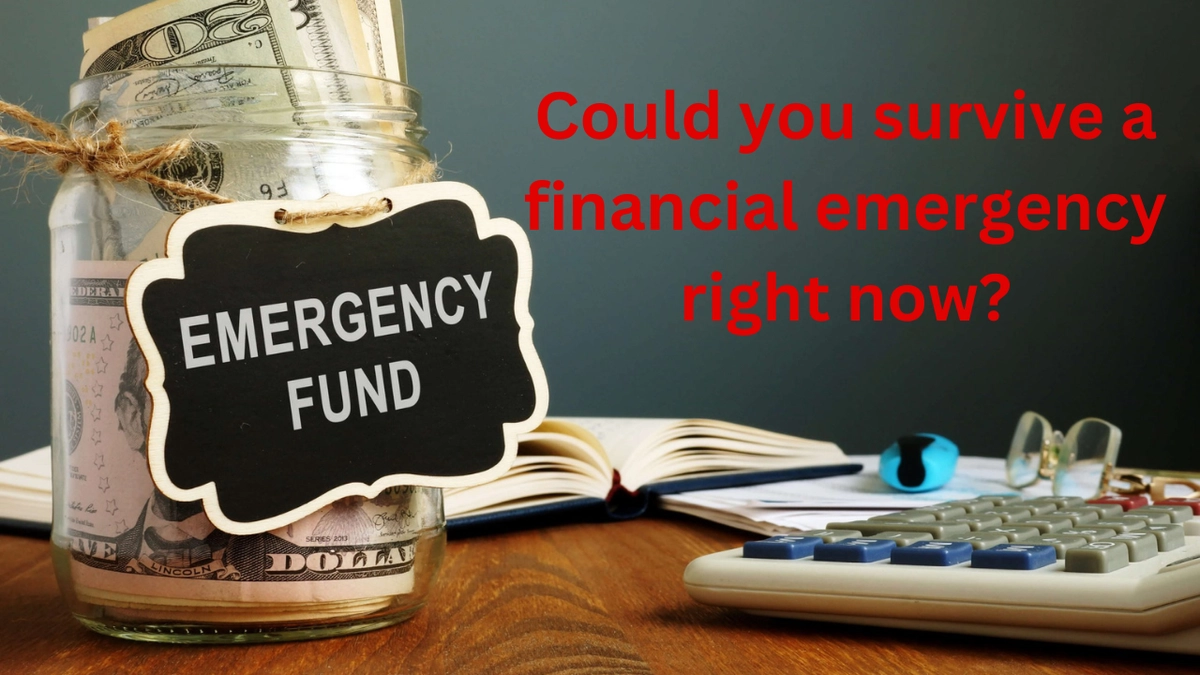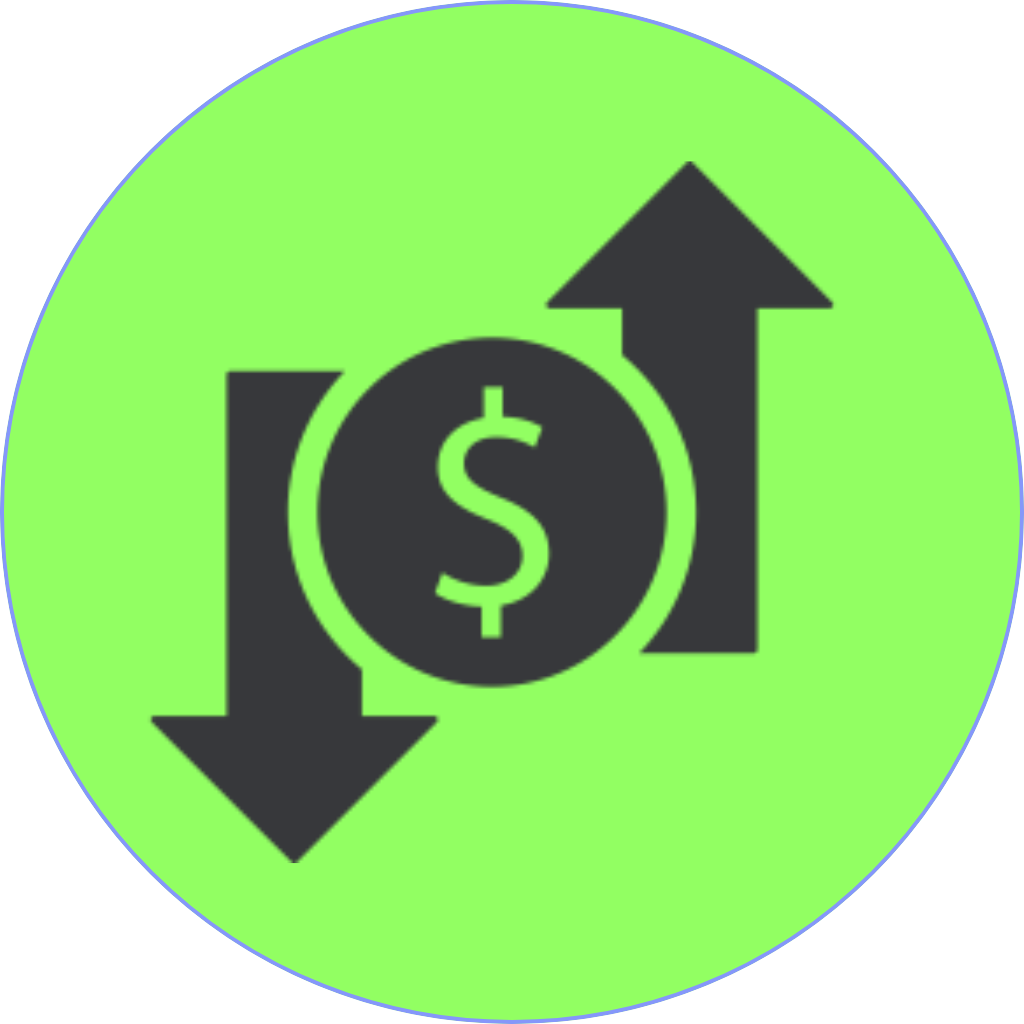Emergency Fund Money When it comes to securing your financial future, one of the most crucial steps is creating an emergency fund. An emergency fund acts as a financial safety net, protecting you against unexpected expenses such as medical bills, car repairs, or job loss. In this article, we’ll provide an essential guide to building an emergency fund and explain why it’s necessary for anyone looking to safeguard their financial well-being.
What is an Important Requirement for an Emergency Fund?
The most important requirement for an emergency fund is adequate planning. It’s not just about saving some money and hoping it will be enough. Instead, you need to consider your monthly expenses, lifestyle, and potential risks. Building an emergency fund starts with understanding your expenses and determining how much money is necessary to cover three to six months of living costs. This ensures that you have enough funds to navigate through any financial crisis without having to rely on credit cards or loans, which could worsen your financial situation.
Read this Shocking news
Is HMPV the Next Pandemic Threat? China Faces New Respiratory Crisis
Ford Sales Skyrocket 4.2% in 2024, Driven by F-Series Trucks
It’s also important to remember that an emergency fund should be easily accessible, so keeping the money in a savings account that offers liquidity but doesn’t tempt you to dip into it for non-emergency purchases is essential. The goal is to build a cushion that will support you in a time of real need.
How Do You Build an Emergency Fund?
Building an emergency fund requires discipline, time, and consistent effort. The process typically starts by setting a goal for the amount you want to save. One effective strategy is to start small, even if it’s just $50 or $100 per month. Over time, as you get more comfortable, you can increase your contributions.
- Assess your expenses: Start by calculating your monthly expenses, including rent, utilities, food, transportation, insurance, and debt payments. This will give you an idea of how much money you need to have saved to cover three to six months’ worth of living costs.
- Set a target: Determine a realistic savings goal that aligns with your monthly expenses. For example, if you spend $3,000 per month, you’ll want your emergency fund to be between $9,000 and $18,000.
- Create a budget: By adjusting your current spending habits and cutting back on unnecessary purchases, you can allocate more money toward your emergency fund. Try to make it a priority rather than an afterthought.
- Open a separate savings account: To avoid the temptation to dip into your emergency fund for non-emergencies, open a separate savings account specifically for this purpose. Choose a high-yield savings account to earn some interest while your fund grows.
- Automate your savings: Set up automatic transfers from your checking account to your emergency fund each month. This reduces the chances of skipping payments and helps you stay on track.

Emergency Fund Guidelines
While there is no one-size-fits-all approach to emergency savings, there are some general guidelines to follow:
- Start with a small goal: If you’re just beginning, don’t worry about reaching a six-month emergency fund right away. Start with a smaller, more manageable goal like $1,000 and build from there.
- Prioritize consistency over speed: The key to building an emergency fund is making regular contributions, no matter how small. The consistency of adding to your savings is more important than rushing to reach a large amount quickly.
- Keep the money accessible: Ensure that your emergency fund is in a savings account or money market account where you can access it quickly when you need it, but don’t place it in a checking account that you frequently use.
- Reevaluate your needs regularly: Over time, your expenses may change. It’s important to review your emergency fund annually and make adjustments based on your current situation.
When Should You Start an Emergency Fund?
It’s never too early to start building an emergency fund. Ideally, you should begin as soon as you can, whether you’re just starting your career or managing a family. The best time to build an emergency fund is before you encounter an unexpected financial setback.
If you’re already facing financial uncertainty or dealing with a sudden expense, don’t wait to start saving. Building your emergency fund gradually, starting with small amounts, can make a significant difference in the long run. Building an emergency fund before the end of the year is an excellent goal to work toward. This gives you enough time to assess your current financial situation and make the necessary adjustments to your spending habits.
Building Emergency Fund
A well-established emergency fund provides peace of mind and allows you to focus on long-term financial goals without the constant worry of unexpected setbacks. Building an emergency fund should be treated as an investment—an emergency fund should be treated as an investment in your financial security and future well-being.
By consistently contributing to your emergency fund, you’re essentially investing in yourself. The more prepared you are for financial emergencies, the less likely you are to fall into debt or face financial ruin when things go wrong. It’s an investment that pays dividends in the form of stress-free living, greater financial freedom, and a sense of security.
Conclusion
In conclusion, an emergency fund is a vital part of a healthy financial plan. By understanding the importance of an emergency fund, setting realistic goals, and following a structured approach, you can ensure that you’re financially prepared for whatever life throws your way. Emergency fund money is not just about saving; it’s about giving yourself the peace of mind to know that no matter what happens, you have the resources to handle it.
By building an emergency fund before the end of the year, you’re making a smart financial decision that will benefit you in both the short and long term. Always remember, your emergency fund is an investment in your future security—so treat it with the importance it deserves.
When should you start building an emergency fund?
You should start building an emergency fund as soon as possible—preferably before you face a financial crisis. The earlier you start, the more prepared you’ll be for unforeseen challenges.
How much should you save for an emergency fund?
Ideally, you should aim to save three to six months’ worth of living expenses. This amount provides enough cushion to weather most emergencies without affecting your daily life.
What is an emergency fund?
An emergency fund is a savings buffer set aside to cover unexpected expenses, such as medical bills, car repairs, or job loss. It ensures you have financial security during emergencies without relying on debt.
How can you start building an emergency fund?
Start by setting a realistic savings goal based on your monthly expenses. Begin by saving small amounts regularly, and gradually increase your contributions over time. Automating transfers to a dedicated savings account can help you stay consistent.
Why is an emergency fund treated as an investment?
An emergency fund is treated as an investment because it provides financial security, reduces stress during emergencies, and prevents you from falling into debt. It’s an investment in your peace of mind and long-term financial well-being.









1 thought on “Emergency Fund Money: An Essential Guide to Building an Emergency Fund”